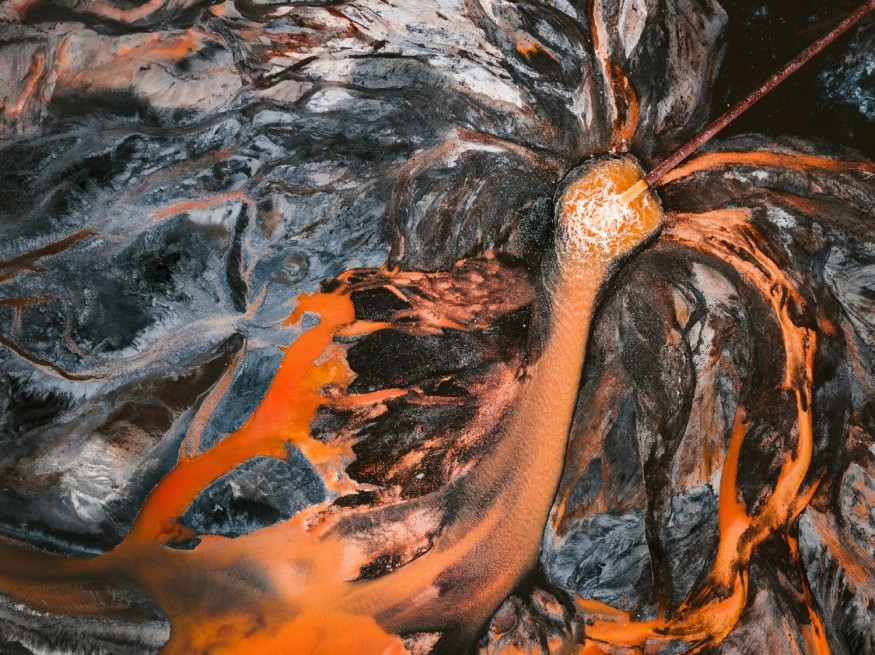Sewage water pollution is the accumulation of raw or untreated sewage wastewater into man-made waterways and even natural bodies of water, including rivers and lakes. Over the past century, our knowledge and practical application of sewage treatment has improved, since both domestic and municipal wastewater are carriers of diseases that can cause illnesses both to humans and animals.
There have been multiple cases of wastewater pollution in the past, despite our progress in sewage water treatment. Earlier this year, England's largest lake Windermere suffered this kind of pollution after raw sewage was released into the water. This is according to a series of local reports this week, which highlights a telecom fault as the main cause of the sewage water pollution.
Lake Sewage Pollution

The lake sewage pollution was caused by hours-long leakage into the Windermere lake back in February 2024, based on documents obtained from a water company and reported by UK media in recent days. The reports show that millions of liters of untreated sewage were illegally pumped into Windermere for 10 hours.
The area is a UNESCO site located in the Lake District, Windermere.
Situated in the north west of England, Windermere and its surrounding areas are popular among tourists. However, the incident has threatened the environment of the lake.
According to local sources on Thursday, May 16, a fault in communications between a wastewater treatment center and sewage pumping station caused the unprecedented spillage into Windermere.
The fault caused the main pumps to stop working, causing the said pollution. According to the Lake District National Park's UK Government website, treated sewage waste goes into Windermere and other rivers, streams from United Utilities Waste Water Treatment Works. The treated sewage is also discharged to the town of Ambleside.
Sewage Water Pollution
Untreated sewage containing nitrogen, phosphorus, and other chemicals can pollute not only lakes but also other inland bodies of water. Aside from causing diseases to affected local communities through consumption of contaminated water, sewage water pollution also impacts the general public including residential and commercial establishments.
According to the organization American Rivers, sewage pollution is responsible for causing 3.5 million Americans to get sick each year. This occurs after a person engages in activities like boating, fishing, swimming, or making contact with water that they thought was safe. In addition, untreated human sewage can lead to infectious diseases like hepatitis, dysentery, and salmonella.
In a 2022 report about water contamination and diseases, the Centers for Disease Control and Prevention (CDC) reiterated that tap water can also get contaminated with germs and chemicals that can make an individual sick.
Some of the affected water sources include lakes and rivers, which are vulnerable to many contaminants, including those coming from sewer overflows and fertilizers.
The most vulnerable group to unsafe public drinking water due to germs and chemicals are; infants, older adults, people who are pregnant, young children, and people with weakened immune systems, the CDC says. In previous related cases, pets like cats and dogs can also be affected.
© 2025 NatureWorldNews.com All rights reserved. Do not reproduce without permission.





